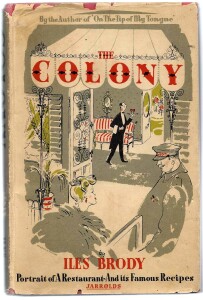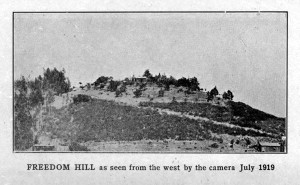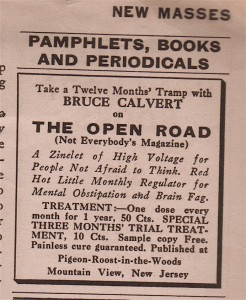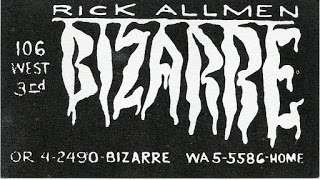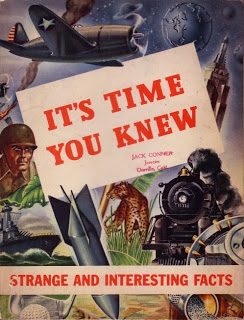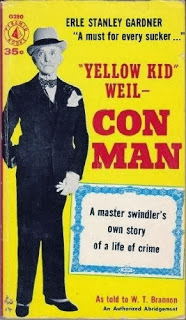No 3: The Colony, New York City
In the days before Michelin starred restaurants there were places where the well heeled went to eat —not only for the food, which was obviously excellent, but perhaps not always the most innovative—and of these the Colony, at the intersection of Madison Avenue and Sixty-First Street in Manhattan, became by 1948, when a biography of it was published by Iles Brody– arguably the best known in the world. Indeed, the owners of the Colony called their eating place ‘the greatest restaurant in the world.’
The Colony began in 1920 as a small and rather seedy and ‘disreputable ‘ bistro that served good food to customers of the night club above it, many of who were men who brought their mistresses. Then in 1922 its two chefs, Glen Cavallero and Hartmann, plus Head Waiter, Cerutti, brought out the owner, one Joe Pani, for $25,000 and set about making the new Colony a swanky resort of the rich and famous. Despite the quality of the food, takings were poor for the first few months. The Colony could not shake off its reputation as a ‘ cat house ‘. However, before too long, without any help from Gordon Ramsay, things began to look up thanks to the presence at one of the tables of famous society hostess Mrs Vanderbilt. The multi-millionaire Vanderbilt, encouraged by his wife, came to see what the fuss was about and later brought his sixteen-year old daughter. Word got about and before too long the Colony became a regular haunt of New York Society. Within three months the daily takings grew from one hundred dollars to ten times that amount. By 1927 – 8 the restaurant cleared over half a million dollars yearly. By this time the Colony had moved to the more ‘ aristocratic ‘ Sixty-first Street, just around the corner.
There were problems though for a high-class restaurant that sold ‘ liquor’ at a time of Prohibition, but the chief barman had a cunning ruse. He kept his wines and spirits in an elevator and when he was alerted to the imminent arrival of Federal agents he simply ran the elevator car to the top story. And when agents disguised as customers enquired pf the liquor that was being served at table they were informed that it was brandy, but of superior quality to the stuff that was habitually confiscated. A few tots freely donated to the same agents convinced them to keep their mouths shut regarding this blatant violation of Federal law. Continue reading

